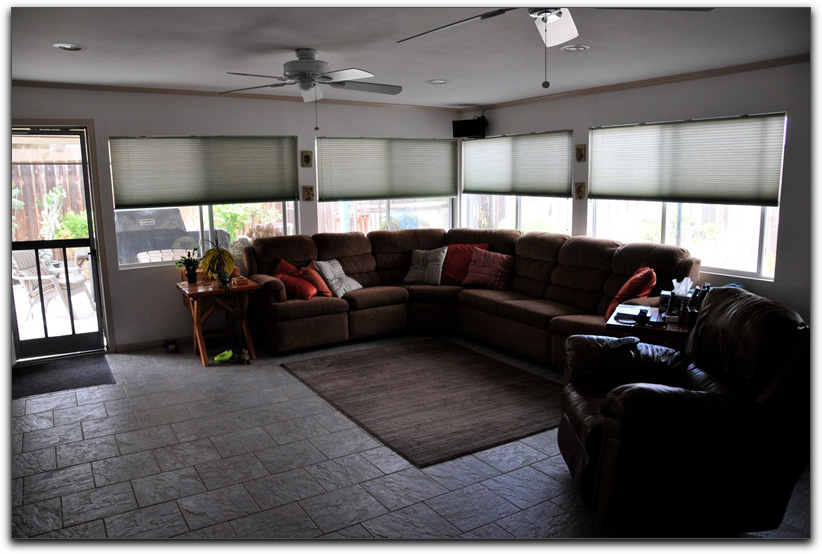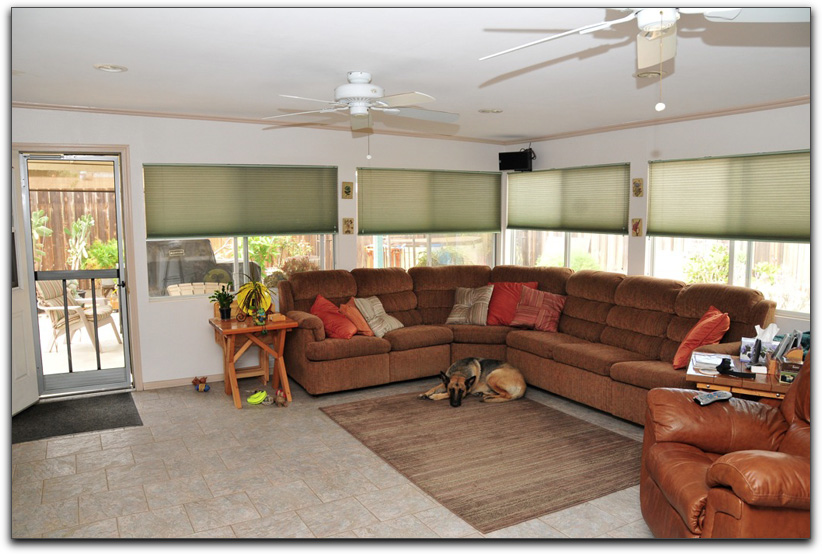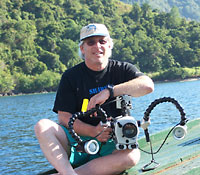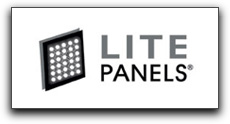
December 13, 2010
for Camera's and Camcorders
http://www.litepanels.com - msrp $525.00
Review by Steve Douglas
The necessity and importance of lighting any shot, be they still images or video frames is an absolute. I am often surprised by new videographers who, once they purchase their first camcorders or DSLRs and underwater housings, ask me whether getting underwater lighting systems is really necessary. I shouldn't be surprised, after all, this is how and what the new shooter needs to know in order to learn. After all this time I'm still surprised.
Litepanels has been a major player for the introduction and use of LED lights for on camera video lights. First with their Litepanels Micro, soon to be followed by its somewhat larger and more durable Litepanels MicroPro, and now, for both camcorders and still imaging cameras, comes the MicroPro Hybrid.
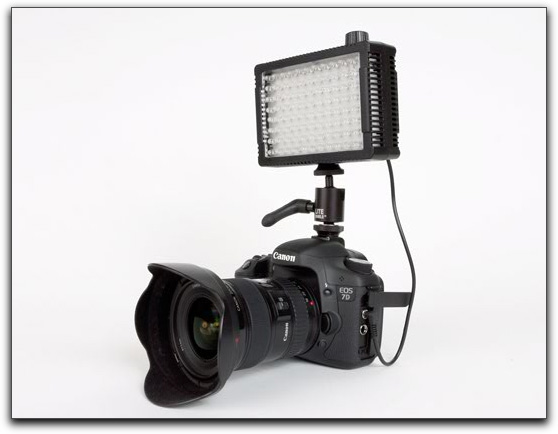
The MicroPro Hybrid is the same exact size and weight as the MicroPro at 5.5" x 3.75" x 1.5", is powered by the same 6 AA batteries producing the same 5600° color temperature at the same power equivalent of 50 watts. Power consumption is really quite good as the 6 batteries will provide about an hour and a half of continuous usage. I prefer to use rechargeable batteries but the Hybrid works just fine with standard batteries as well.
In fact, there really are no differences between the two models except for the most important one. The MicroPro Hybrid comes with dual purpose uses for both camcorder and DSLR users. Using the Hybrid in its Continuous Mode allows the videographer to provide a good amount of fill light for those run and gun interviews with the Hybrid secured safely on the camcorders hot shoe or on an adjacent C stand. According to Litepanels, the newly built in 'Flash' feature produces a 400% brighter burst for still images. This percentage is actually a 4 times the brightness over the highest output you have your dimmer control knob set to.
Like all LED lights, the MicroPro Hybrid produces almost no heat at all making things very comfortable for your subjects and allowing you to handle it without fear of burning yourself. The Hybrid's knob dimmer remains as flicker free as its predecessor permitting you to quickly go from 100% down to 0% with a minimum of color shift. It would be helpful if there was some sort of markings on the dial making it easer to return to the same power setting you may have used from one shot to the next. The Litepanels Hybrid retains the same improved integrated filter holder and comes with 3 color and diffusion gels as well as a holder on the back of the unit for carrying extra gels.
The Litepanel's Hybrid comes supplied with a nice padded carrying/protection case as well as an all in one strobe sync cable, which several photographers I showed it to, thought could have been a bit longer. While one of the LEDs in my test unit was somehow bent to the side, it continued to produce light and was not a problem. Perhaps it had been inserted at the factory improperly. This is the first time I have seen this in any of the Litepanels.
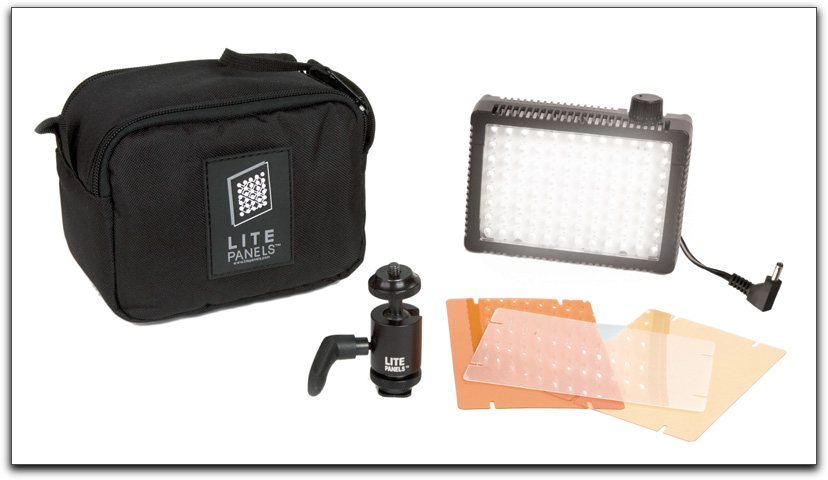
Also included is a high quality ball head shoe mount which has a "clutch" that allows you to pull out the handle and rotate the Hybrid light to different positions. Considering the cost of the Hybrid, an included AC Power Adapter should also be included but is not. The power adapter, along with a base plate for off-camera use, and an underwater housing, are optional purchases and I did not have the opportunity to use these acccessories.
In use, the MicroPro Hybrid takes a bit of getting used to in that the flash mode does not communicate with your camera. Therefore, a separate external 'flash' meter will be of significant help for the photographer. However, once you get accustomed to the Hybrid's output capabilities and your camera working as a unit, you may find their use to become almost instinctive.


